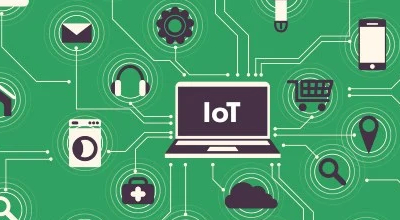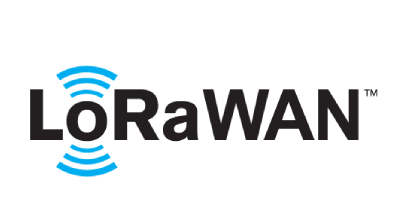
NB-IoT vs. LTE-M
NB-IoT (Narrowband Internet of Things) and LTE-M (LTE for Machines) are both low-power, wide-area (LPWA) networking technologies that are designed to enable Internet of Things (IoT) applications. They both use cellular networks to connect devices and enable communication over long distances, but they differ in several key ways. In this article, we will explore the main differences between NB-IoT and LTE-M, and discuss the pros and cons of each technology.
- Coverage and range: One of the main differences between NB-IoT and LTE-M is their coverage and range. NB-IoT has a longer range than LTE-M, and is specifically designed for deep indoor coverage and penetration through walls and other obstacles. This makes it well-suited for applications in hard-to-reach locations, such as underground parking garages or remote rural areas. In contrast, LTE-M has a shorter range and is primarily designed for outdoor coverage. It is less effective at penetrating through walls and other obstacles, and is better suited for applications that require mobility, such as fleet tracking or asset tracking.
- Data rates: Another key difference between NB-IoT and LTE-M is their data rates. NB-IoT has much lower data rates than LTE-M, with a maximum data rate of about 250 Kbps (kilobits per second). This is sufficient for many IoT applications that only require low-bandwidth data transfer, such as sensor data collection or remote control. However, it is not suitable for applications that require higher data rates, such as video streaming or high-resolution image transfer. LTE-M has higher data rates, with a maximum data rate of about 1 Mbps (megabit per second). This makes it more suitable for applications that require higher data rates, but it may not be as energy-efficient as NB-IoT for low-bandwidth applications.
- Power consumption: Another important difference between NB-IoT and LTE-M is their power consumption. NB-IoT is specifically designed to be energy-efficient, and can operate for long periods of time on small batteries or energy-harvesting devices. This makes it well-suited for applications that require long battery life, such as remote sensors or smart meters. LTE-M is also energy-efficient, but it has higher power consumption than NB-IoT. This may make it less suitable for applications that require very long battery life, but it may be more suitable for applications that require higher data rates or mobility.
- Spectrum usage: Another factor to consider when comparing NB-IoT and LTE-M is their spectrum usage. NB-IoT uses a narrowband of spectrum, which allows it to operate in low-power mode and extend its range. It is typically deployed in unlicensed spectrum bands, such as the Industrial, Scientific, and Medical (ISM) band, or in licensed spectrum bands that are shared with other technologies. This makes it easier to deploy, but it may also result in interference from other devices operating in the same band. LTE-M uses a wider band of spectrum, which allows it to achieve higher data rates but may also require more power to operate. It is typically deployed in licensed spectrum bands, which provides better quality of service but may also be more expensive to deploy.
- Deployment and adoption: Finally, another factor to consider when comparing NB-IoT and LTE-M is their deployment and adoption. NB-IoT was developed by 3GPP (3rd Generation Partnership Project) as an evolution of GSM (Global System for Mobile



